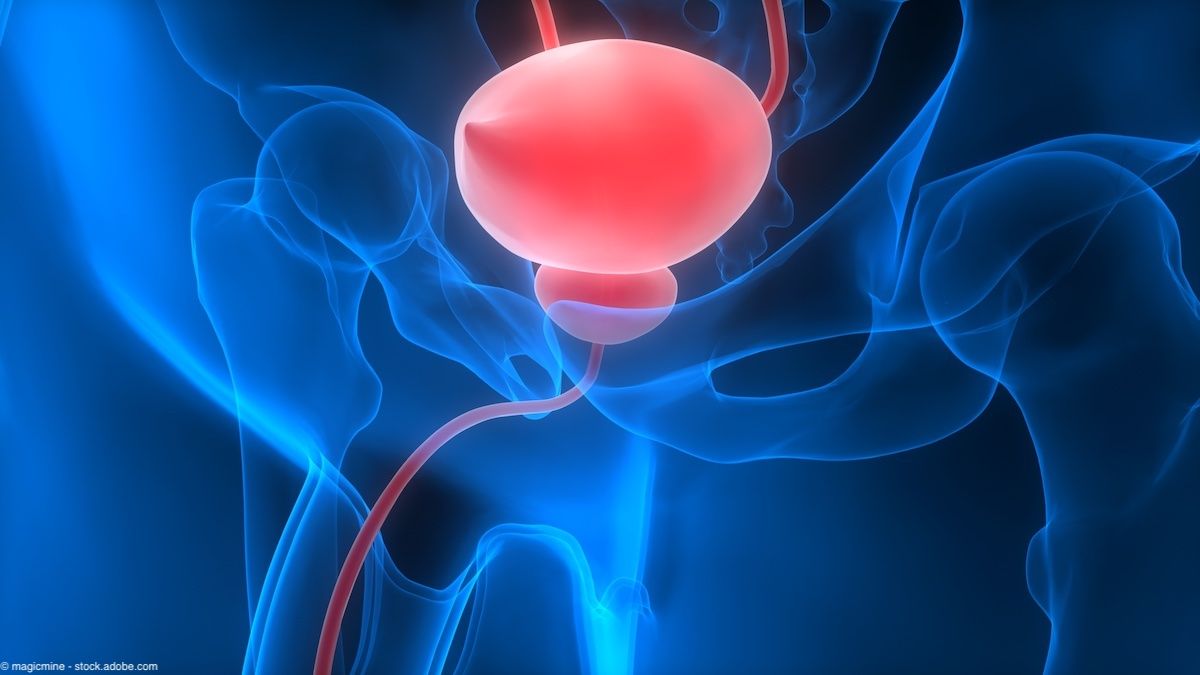Opinion
Video
Dr. Saraf on testicular tissue cryopreservation for pediatric patients with cancer
Author(s):
“The hope is that the research and technology will be mature enough at the time that they're ready to use that tissue for a biological child,” says Amanda J. Saraf, DO.
In this video, Amanda J. Saraf, DO, highlights Indiana University’s (IU) Fertility Preservation Program and discusses their ongoing work studying an experimental fertility preservation procedure, testicular tissue cryopreservation, for pre-pubertal boys undergoing cancer treatment. Saraf is an associate professor of pediatrics at IU School of Medicine as well as the director of the Fertility Preservation Program at IU Health.
Video Transcript:
So, I was recruited here to get the program more formally established in 2018. Our goal is to meet with all patients and families and talk to them about their child's treatment plan and how that may impact their fertility risk for the future. So, we talk about what chemotherapy, radiation, and surgical procedures the child might get as a part of their cancer-directed treatment and give them an individualized risk assessment. They may be at high risk for future infertility, for example, and in those cases, we'll also talk to families about fertility preservation options if they're interested in that.
One part of our program here that I'm really excited about and proud of is our program that focuses on pre-pubertal males. We see both young men and young women to talk about fertility preservation. Of course, in teenage and adolescent boys, it's a little bit more straightforward. We offer sperm banking prior to starting therapy. For pre-pubertal boys, it's a little bit more challenging. There are not standard of care options available in young boys that haven't reached puberty yet. But here at IU, we have an experimental protocol that's open called testicular tissue cryopreservation, and it's a collaboration with UPMC. For boys that are specifically at high-risk for infertility, we offer this procedure, which basically involves taking a biopsy of the testicle and cryopreserving or freezing that for use later in life. The hope is that the research and technology will be mature enough at the time that they're ready to use that tissue for a biological child. It's in its earlier stages of research, so there haven't been any human babies born with this technology, but it's been shown in various animal models. It's exciting to have something to offer families when we tell them that their child is most likely to be infertile after their cancer treatments.
This transcription has been edited for clarity.

Is video-based research feasible for pediatric urology visits?

Pediatric urinary microbiome composition is associated with recurrent UTI















